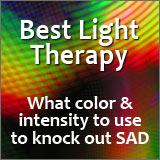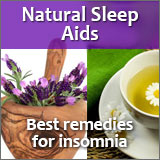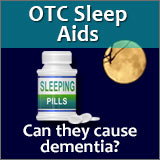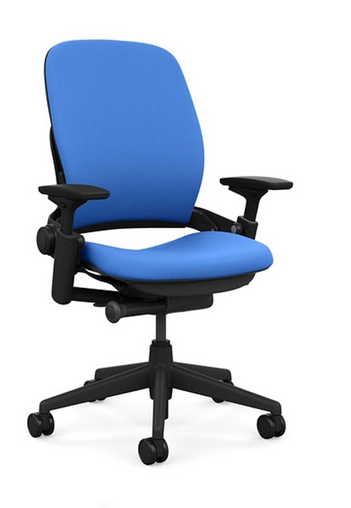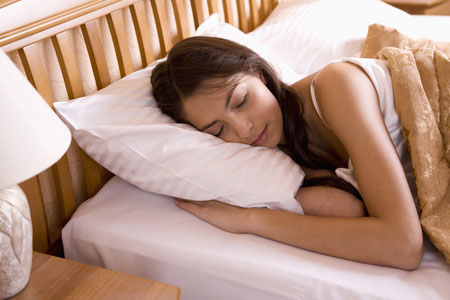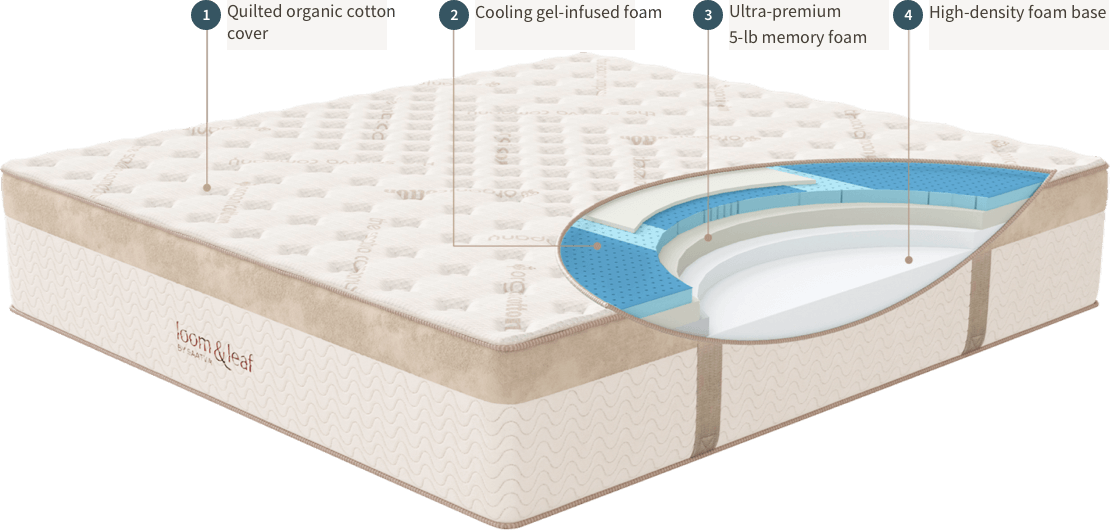Seasonal Affective Disorder: How Many People Have This SAD Disorder?
How many? Millions. All over the world. So if you suffer the effects of this SAD disorder, you have a lot of company.
Take a look at these facts: One of the psychiatry science journals did an extensive review of seasonal depression disorder studies. Their research showed that estimates of SAD disorder in different populations of the world ranged anywhere from 0% to 9.7%.
They concluded that seasonal affective disorder (also known as seasonal or winter depression) appears to be a fairly common disorder. (Reference: Acta Psychiatr Scand. 2000 Mar;101(3):176-84)
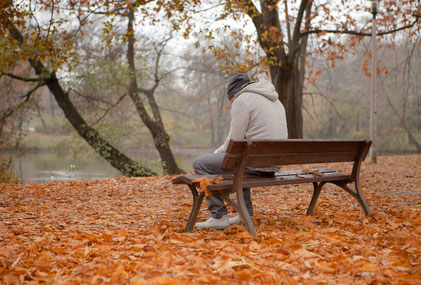
Studies have also shown that...
...winter depression is more common among people living in regions of the world where sunlight is reduced because of cloudy skies during the winter months. Decreased exposure to light seems to be a big clue to discovering the cause, and treatment, of seasonal affective disorder.
For example, in the United States (U.S.), symptoms of SAD disorder are at least 2 and 1/2 times more common during the fall and winter months in northern states—places such as Pennsylvania, New Hampshire (11% of the population), and New York—than they are in southern states like Florida.
And here's a question several people have asked recently:
How many people in Alaska suffer from seasonal depression?
Back in 1992, a study was conducted by researchers at The University of Alaska at Anchorage and published in the September issue of the American Journal of Psychiatry.
They surveyed 283 people living in Fairbanks, Alaska, where at the beginning of winter, daylight lasts for less than four hours. It showed the following:
- Women and young adults were much more susceptible to seasonal depression...
- 10% of the population suffers from severe symptoms of SAD disorder...
- An additional 20% of the population had milder symptoms of seasonal affective disorder...
- Another study of 1,116 male soldiers and 191 female soldiers, published in the July 2002 edition of Military Medicine showed:
- In the men, estimates were that 5.2% to 6.5% suffered from SAD disorder...
- In the women, estimates were 8.9% to 13.1%...
A friend of mine was stationed in Alaska for a few years and said it could get very depressing living there during the winter.
Sounds like a lot of people in Alaska could benefit from the two resources I mention below! Especially the natural remedies for anxiety and depression.
So how many people in the U.S. have SAD disorder?
Serious cases of SAD syndrome may affect as many as 10 million people in the U.S. Not only that, there may be millions more...perhaps as many as 10 to 20% of the people in the U.S. who have a mild form of SAD depression (the winter blues).
In the United Kingdom, the science journal Drug and Therapeutics Bulletin estimates that 6% of the population there has SAD disorder.
On the other hand, seasonal depression is extremely rare in countries that lie closer to the equator where Mr. Sunshine is smiling bright at just about any time of year.
Here's something interesting though...
Researchers at the Institute of Clinical Medicine in Norway report that "...the population of Northern Norway, living without sun for two winter months, does not spontaneously complain about depression during the dark period. Large population studies from Northern Norway do not point to a higher prevalence of depression in winter than expected in any other general population." (Reference: Epidemiol Psichiatr Soc. 2008 Apr-Jun;17(2):120-7).
By including this information on Norway, I don't mean to confuse you on the issue of seasonal depression. And I don't do it to give ammunition to all the skeptics who ask, "Is seasonal affective disorder real?"
Because the fact is, according to Dr. Michael Terman, who specializes in SAD research at Columbia University Medical Center in New York, seasonal depression is as severe as any depression. (Source: CBS Sunday Morning.)
Here are 3 reasons why I bring up this Norway study
- You want me to be thorough when I bring you
health information, right? I thought so. Fact is, I often see this type
of contradiction with conflicting information when I dig through medical
newsletters and journals. To me it shows that as much as the medical
world tries to be an exact science, it isn't. And that's important for
you to always keep in mind. Why?
- Because you and I are each ultimately
responsible for our own physical and mental health. Since that's the
case, we need to take more control over our own medical care. You are a
unique individual with unique needs. Fortunately, the two resources
below on natural remedies for anxiety, depression, and stress will help
you feel more in control.
- So if you are feeling depressed...whether it's fall and winter or spring and summer...and you have the symptoms of SAD I've written about in my Part 3 article below, go get the help you need.
Because it can often be truly difficult to come up with a diagnosis in medicine. Obviously, as this Norway study shows, that's sometimes the case with this SAD disorder. Understand that there are different types of depression. Plus mood changes have different causes.
So don't self diagnose!
Another thing. If you do have seasonal depression, don't isolate yourself. Work closely together with the doctor and other trained medical professionals to discover the therapy that's just right for you. After all, we don't all wear the same size shoe.
A natural remedy for anxiety, depression, and stress
I recently came across a supplement and some information that may be a big help to
you.
Click here for Neuro-Natural Serenity, a natural remedy for anxiety, depression, and stress. (Link opens in a new window.)
You can also see some good information there on depression,
stress, and anxiety. Simply type one of those terms into the search box they provide on that website.
There's information on:
- Causes of anxiety, stress, and depression
- Why depression is increasing
- Types and names of drugs and their side effects
- Natural remedies and how combining different nutrients makes them so effective
Whether you have SAD disorder, depression, anxiety, or stress, each of the above resources may be of great help to you.
Here are more articles you will find helpful
Here's A Free Audio for You On SAD Syndrome
Part 1: Depressed In Fall and Winter? Could Be Seasonal Depression.
Part 3: 13 Symptoms of Seasonal Affective Disorder
Part 4: 5 Tips for Seasonal Affective Disorder Treatment
Best Light Therapy for SAD: White, Blue, Green, or Red?
Return From SAD Disorder To Sleep Disorders Home Page



